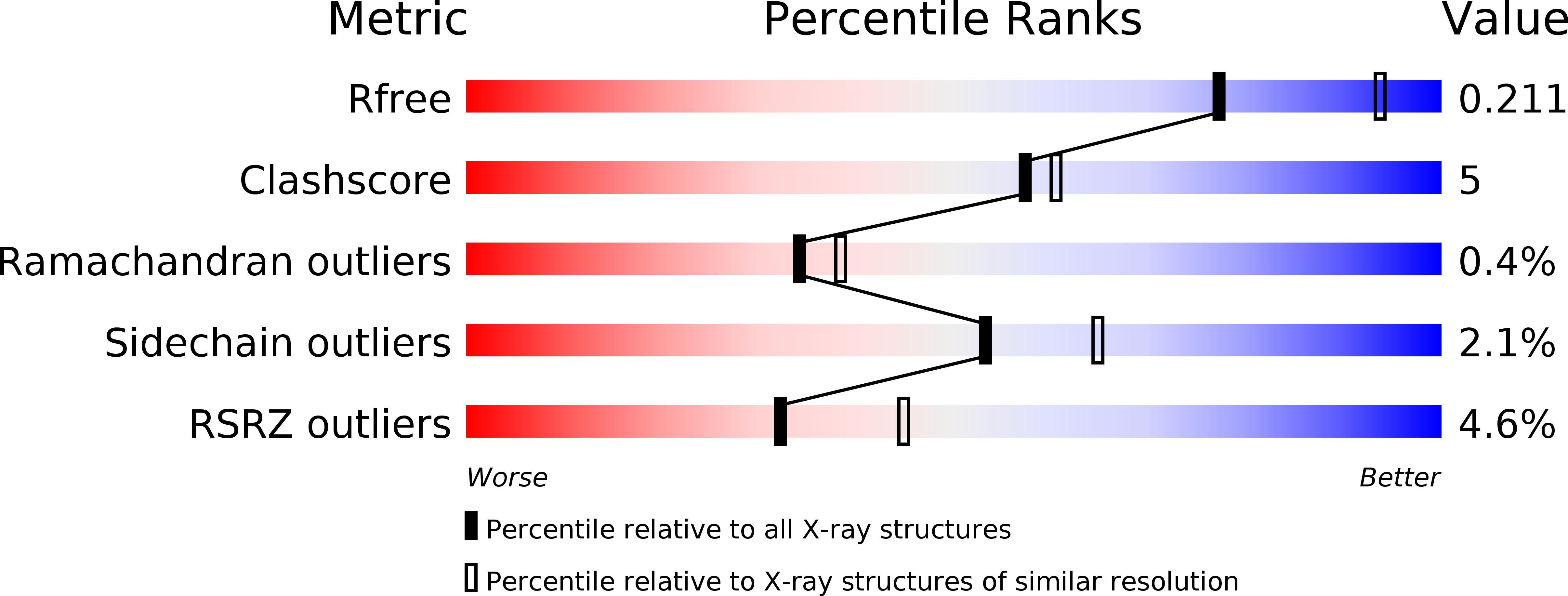
Deposition Date
2004-02-18
Release Date
2004-05-20
Last Version Date
2023-12-13
Entry Detail
PDB ID:
1UX1
Keywords:
Title:
Bacillus subtilis cytidine deaminase with a Cys53His and an Arg56Gln substitution
Biological Source:
Source Organism:
BACILLUS SUBTILIS (Taxon ID: 1423)
Host Organism:
Method Details:
Experimental Method:
Resolution:
2.36 Å
R-Value Free:
0.24
R-Value Work:
0.21
R-Value Observed:
0.21
Space Group:
P 32 2 1


